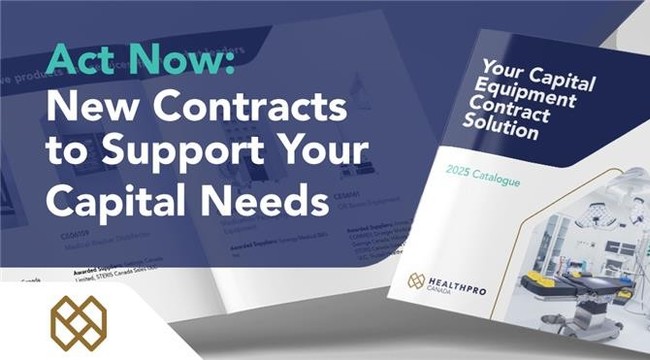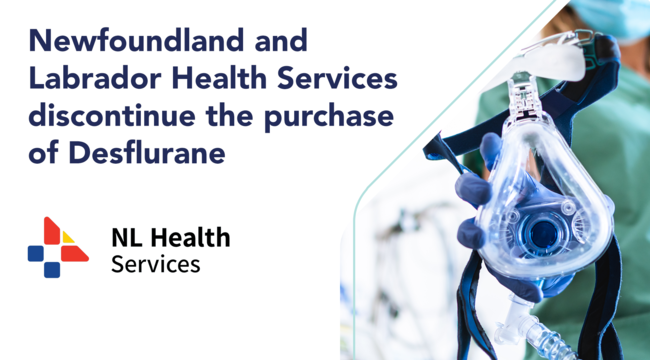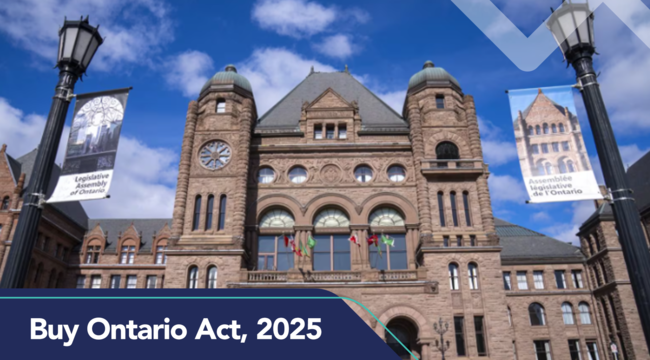HealthPRO Canada News
January 09, 2023
Enterprise Health provides update on state of national Pharmacare in Canada

With many of our members curious about pharmacare and where it's heading, HealthPRO invited Katie Heelis, Vice President of Enterprise Health to share updates and developments at the latest Pharmacy Advisory Council (PAC) meeting.
How we got here
Calls for Pharmacare reform resurfaced from the 2022 Romanow Report of the Commission on the Future of Healthcare in Canada, but until 2015 there was not much activity with the file. With the election of Justin Trudeau and the Liberal Party in 2015, Pharmacare was thrust back into the political sphere, with a promise from the Trudeau Liberals to introduce a system for bulk drug purchasing. This led to the commencement of the National Pharmacare Advisory Council, that developed the Hoskins Report (2019), which recommended a universal, single-payer model. They also created a Canadian Drug Agency tasked with developing a national formulary.
What we know today
The most recent development from the federal government is the launch of a pilot program in Prince Edward Island, where the government is pledging PEI with $35M over four years to add new drugs to its list of covered drugs, and lower costs for drugs under existing public plans.
But as we know, Canada is made up of a complicated landscape of provinces and territories who all have different priorities for healthcare. While Canadians overwhelmingly support a national Pharmacare system, the federal government will have to find a way to satisfy the needs and requirements of each province and territory, which is not an easy feat. There is also the question of how the federal government will implement Pharmacare—through a single payer model, or a fill-the-gaps model?

What could national pharmacare look like?
That’s the multi-billion-dollar question—whether we’ll be looking at a single-payer system, or a “fill-the-gaps” model—remains unclear. In the single-payer system, recommended in the Hoskins Report, the government would cover the costs of all medications for all citizens, with employer-directed benefits being terminated. The “fill-the-gaps” model would see that employer-directed drug benefits and government-directed benefits remain unchanged. In this model, the National Pharmacare Plan would provide drug benefits to citizens who do not have employer-directed benefits or do not qualify for existing public drug plans. What we do know is that extensive work and collaboration between the federal government and provinces/territories is needed to identify an approach that works for everyone.
The ongoing current political context is also an important factor to keep in mind. In early 2022, the governing Liberal party and the NDP came to a parliamentary agreement to maintain the minority government until at least 2025, as long as certain policy priorities are met. The agreement included a commitment to introduce a national Pharmacare act by the end of 2023.
What can Canadians expect?
So, what can Canadians expect? We can expect some predictability over the short-term, as well as further discussion and focus on National Pharmacare. Most recently, the liberal government has stuck to its promise to the NDP to implement a national dentalcare program, and so one can reasonably expect the government will follow through on its Pharmacare promise as well. The question is – in what form?


